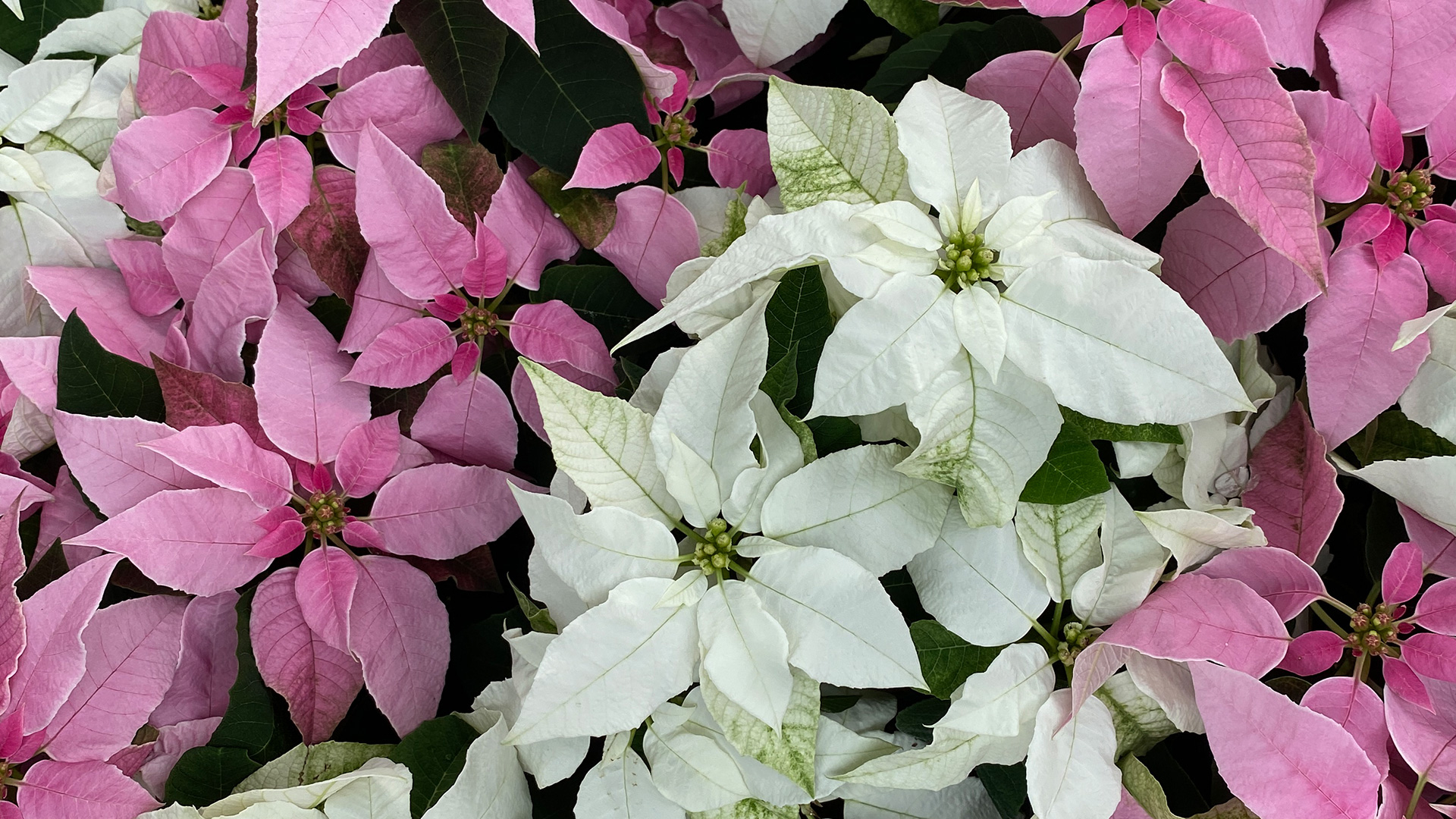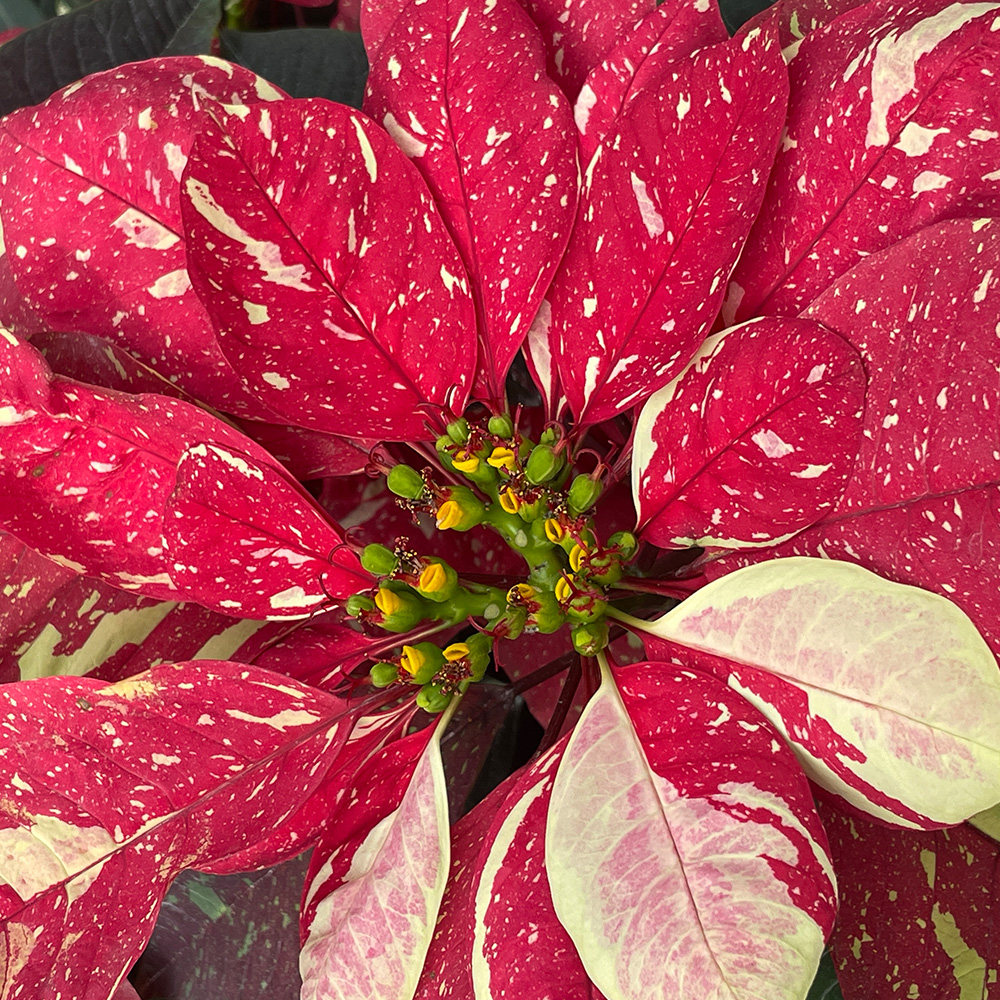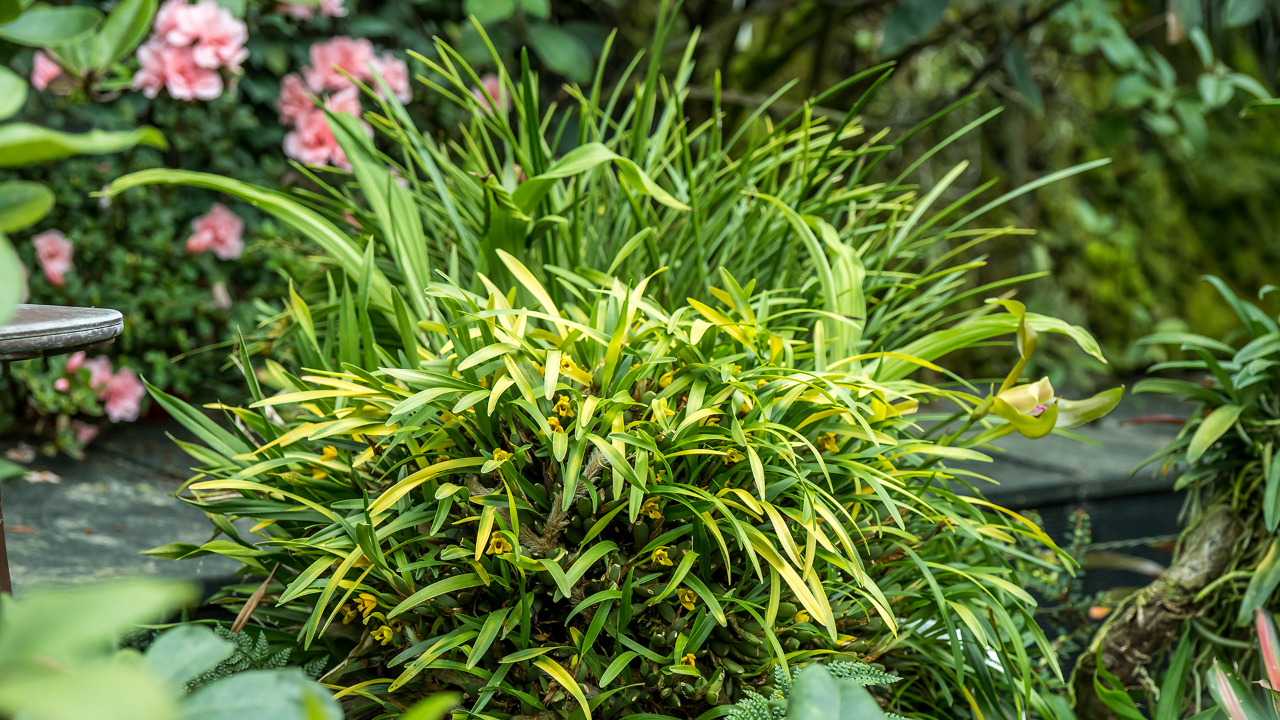 Maxillaria variabilis in bloom in the Cloud Forest. Try and spot the cute little flowers!
Maxillaria variabilis in bloom in the Cloud Forest. Try and spot the cute little flowers!
Known as the variable maxillaria, one of our permanent orchid residents is now in bloom! I’m sure you wouldn’t notice the flowers from afar, but come up close and you will realise how spectacular they are! This species can be found ranging from Mexico to Northwest Venezuela. A warm to cool growing orchid, they grow on or below trees, in open or dense humid forests at elevations of 500m to 2500m. They can be terrestrial, lithophytic, and also epiphytic.
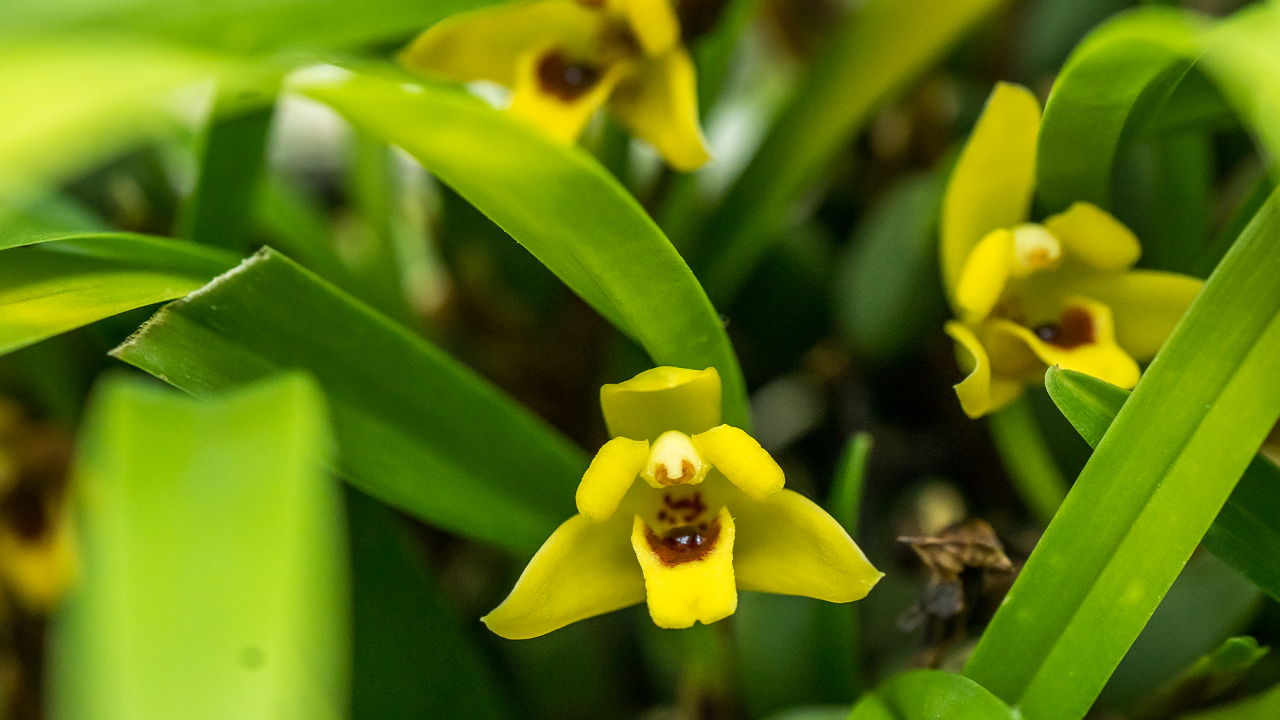 Closeup of the orchid. This is a yellow-flowered variation of the species.
Closeup of the orchid. This is a yellow-flowered variation of the species.
The flowers of this species are rather long-lasting and the plants bloom continuously throughout the year, flowering from the base of the pseudobulb. Its species name, variabilis, is derived from the Latin word, which means ‘variable’ or ‘changeable’, in reference to its flowers that can bloom in a variety of colours. Depending on the particular individual or cultivar, the flowers can be white, yellow, dark orange, greenish-yellow, dark red or red-brown. The flowers are known to have a floral or musky scent.
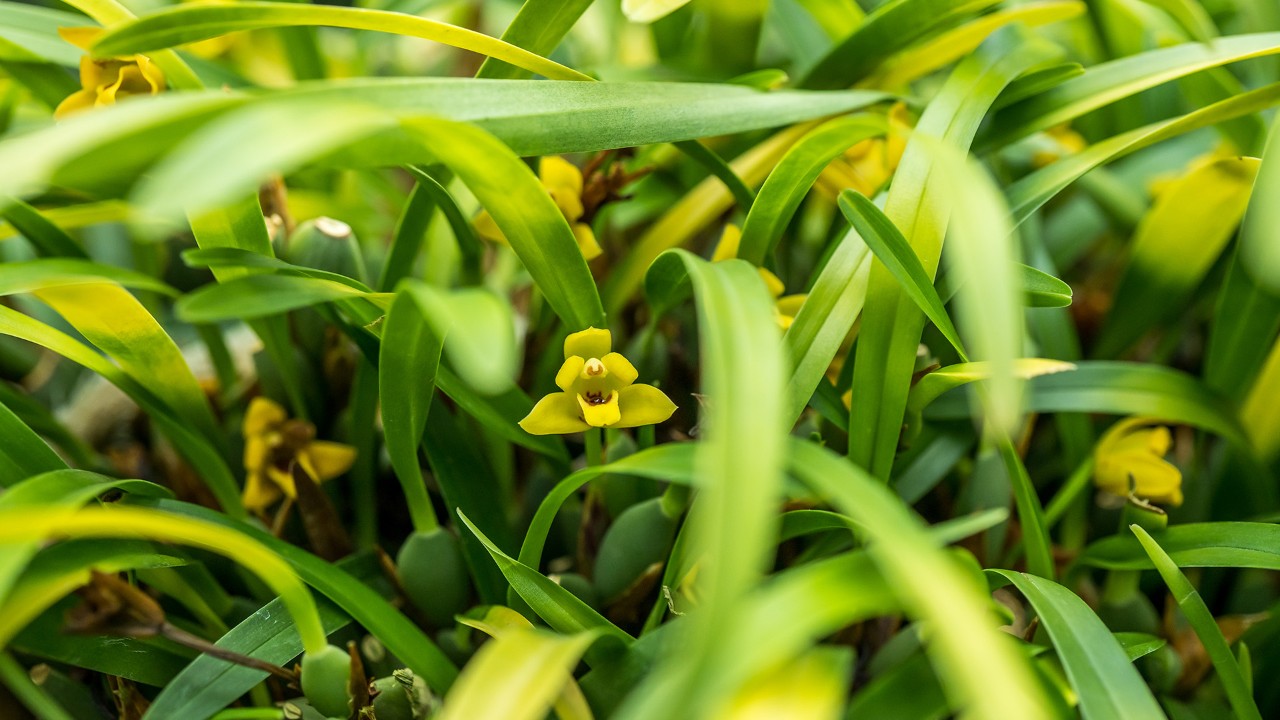 Inflorescences of Maxillaria variabilis.
Inflorescences of Maxillaria variabilis.
Maxillaria is considered to be one of the largest genera of the New World orchids, with over 650 species. They have flowers ranging from various colours and sizes, from the little flowers of Maxillaria variabilis, about 1-1.5cm in diameter to the larger 5cm flowers of Maxillaria perryae. Come check out the variable maxillaria at Lost World in Cloud Forest.
Written by: Ng Yu Qin, Senior Horticulturist, Research and Horticulture
Yu Qin is always looking for ways to pick up new skills and put them to use. She spends most of her time with orchids and enjoys learning something new about them every day!
